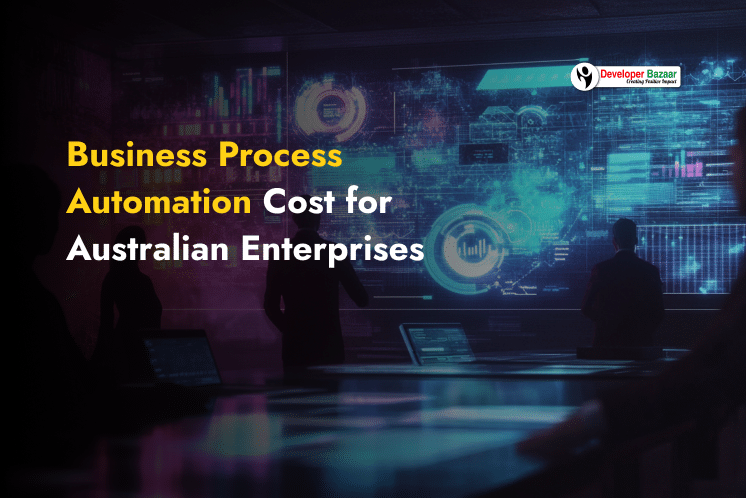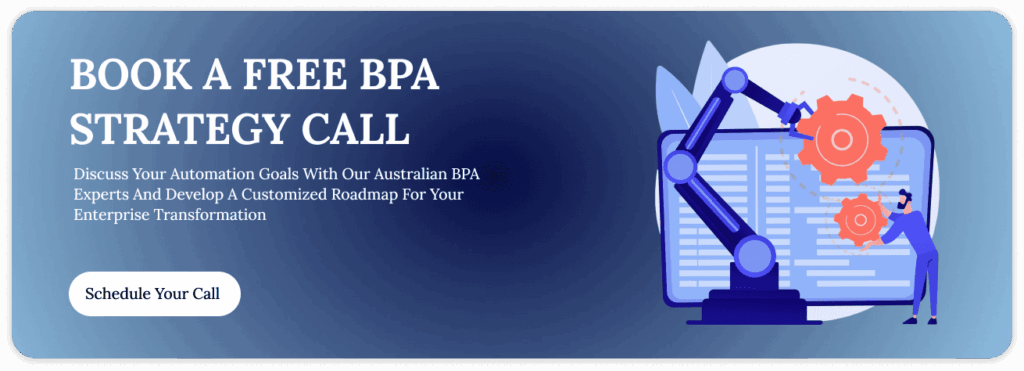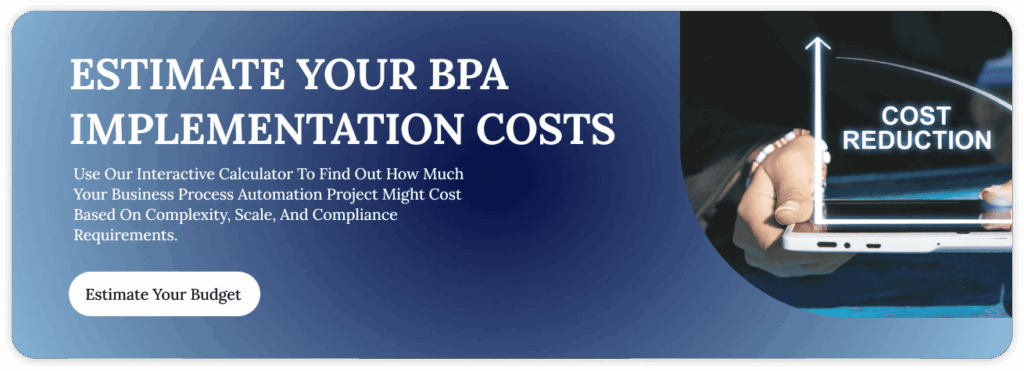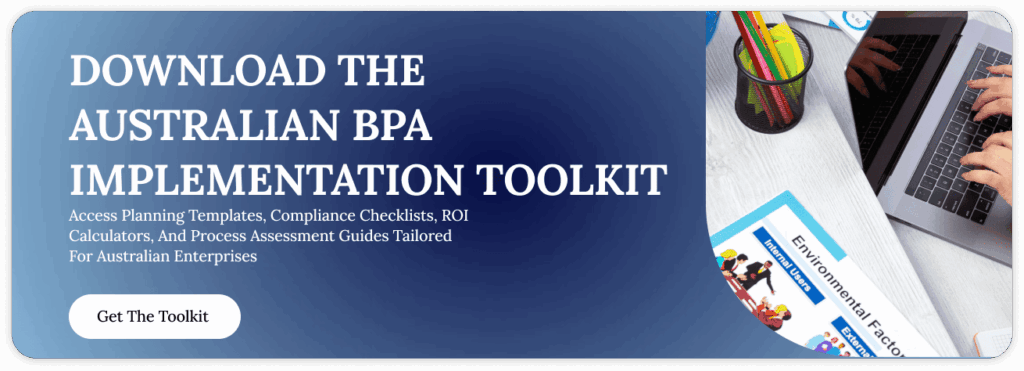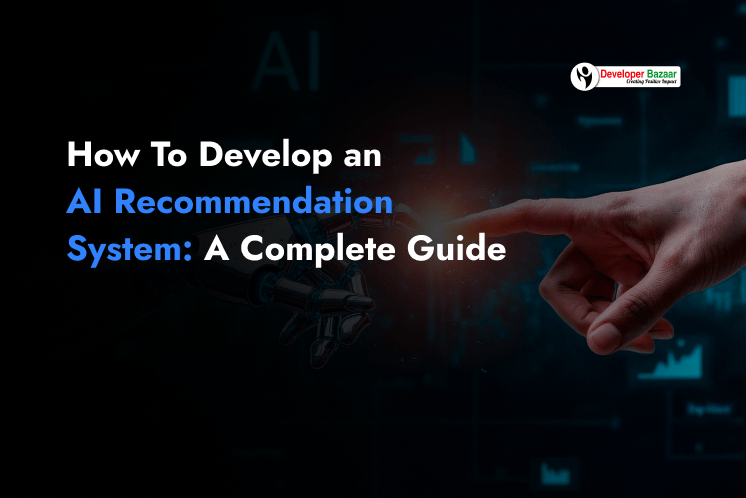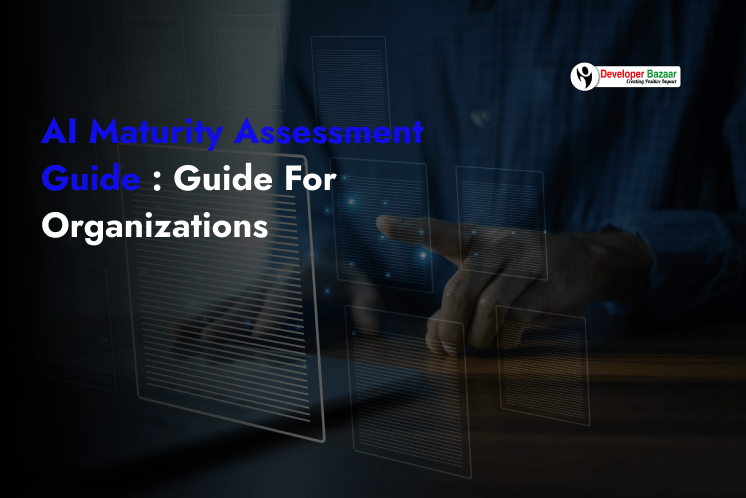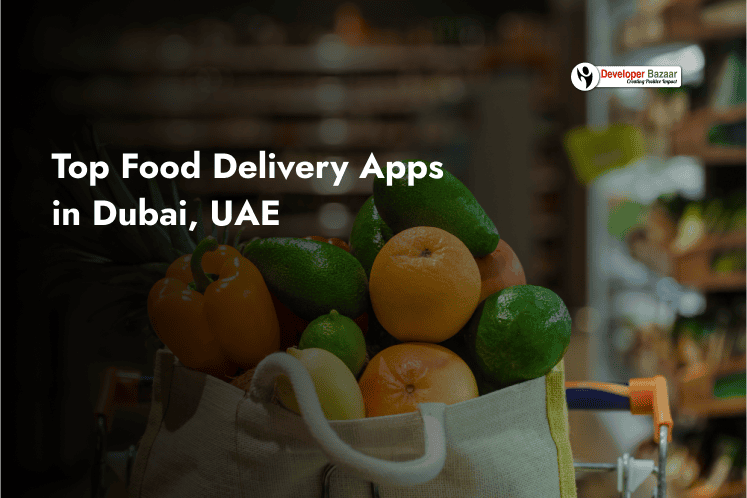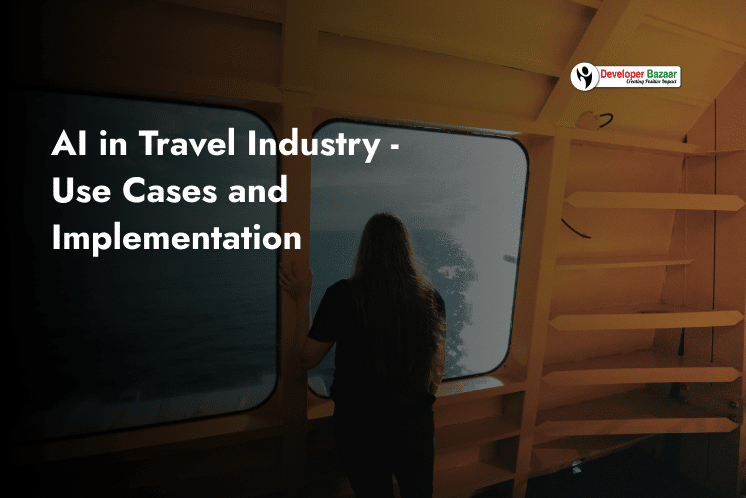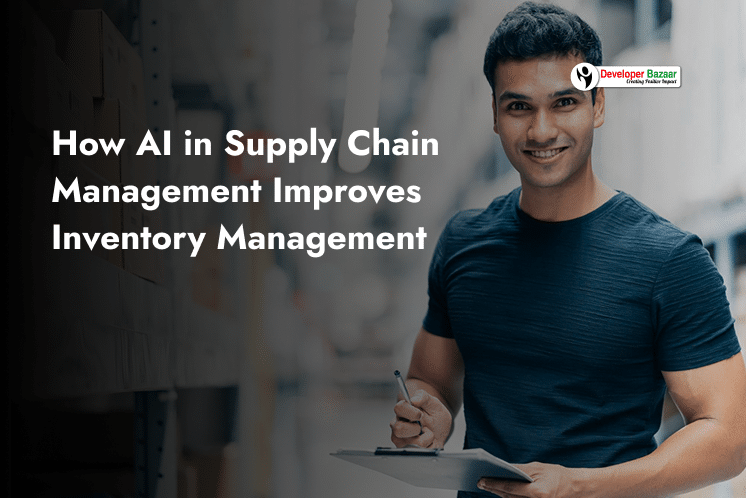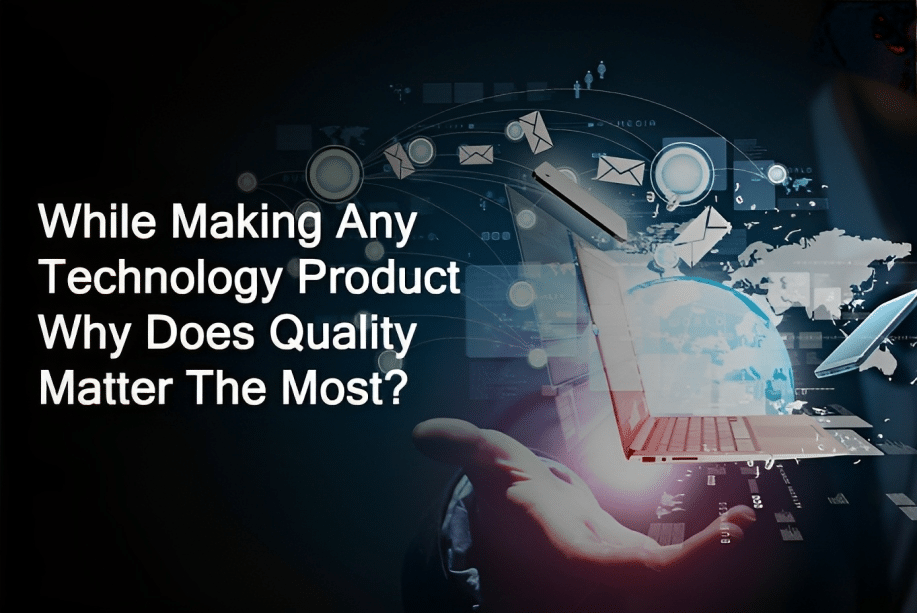Table of Contents
ToggleAustralian enterprises are experiencing a digital transformation revolution. According to IBISWorld, the Australian BPA market is projected to reach AUD 2,873.5 million by 2030, growing at a 22.7% CAGR. With over 72% of mid-to-large Australian businesses planning to increase automation investments by 2026, process automation has shifted from optional to essential for maintaining competitive advantage and operational resilience.
This comprehensive guide covers everything you need to know about implementing Business Process Automation in Australia, from cost breakdowns and compliance requirements to ROI expectations and strategic implementation approaches.
Understanding Business Process Automation
Business Process Automation (BPA) leverages advanced technologies to streamline end-to-end workflows, reduce manual effort, and enhance efficiency across the enterprise. By automating repetitive tasks and integrating multiple systems, BPA empowers organizations to scale operations with greater accuracy and speed.
Core Components of BPA
Business Process Automation (BPA) uses technology to streamline repetitive workflows, reduce human error, and drive operational efficiency across organizations. Unlike simple task automation, BPA transforms entire business processes by integrating multiple systems, automating decision-making, and creating seamless workflows that operate with minimal human intervention.
What Technical Components Enable Effective BPA?
Robust technical foundations underpin modern BPA platforms, facilitating seamless workflow execution, system integration, and intelligent decision-making. From orchestration engines and integration layers to real-time monitoring and analytics, each component plays a critical role in streamlining operations, reducing manual effort, and improving efficiency.
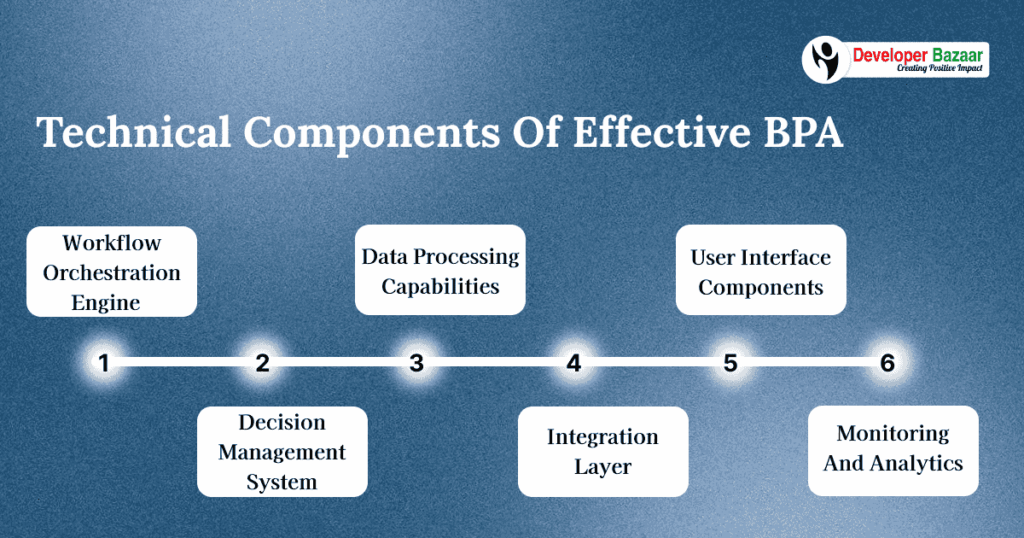
Workflow Orchestration Engine
The central hub that coordinates tasks across multiple systems, managing process flows, conditional logic, and exception handling. This engine ensures tasks execute in the correct sequence while maintaining data integrity throughout the process.
Integration Layer
APIs and connectors that enable seamless communication between disparate systems including ERP, CRM, HR platforms, and legacy databases. Modern BPA solutions support REST APIs, webhooks, and real-time data synchronization.
Decision Management System
Rule-based engines that automate decision-making processes using predefined business logic. These systems can handle complex conditional statements, scoring models, and approval hierarchies without human intervention.
User Interface Components
Customizable dashboards, forms, and portals that enable users to interact with automated processes. These interfaces provide real-time visibility into process status, performance metrics, and exception handling.
Data Processing Capabilities
Advanced data transformation, validation, and enrichment features that ensure information accuracy throughout automated workflows. This includes document parsing, data standardization, and quality checks.
Monitoring and Analytics
Real-time process monitoring, performance tracking, and comprehensive reporting capabilities that provide insights into automation effectiveness and identify optimization opportunities.
How Is the Market for BPA Growing in Australia?
Australia is experiencing strong growth in business process automation across both the public and private sectors. Services Australia reported operating over 600 automated processes that handled 468.5 million claims during 2023–24. McKinsey research estimates that 25–46% of work activities in Australia could be automated by 2030, potentially adding US$1.1–4 trillion to the economy, while global analysis suggests automation could boost productivity by 0.8–1.4% per year.
The Australian Government’s AI Adoption Tracker shows rising uptake of AI technologies among small and medium enterprises, while the Productivity Commission emphasizes that scaling BPA and AI depends on digital infrastructure and embedding automation into core business processes. Adoption is particularly strong in major urban centers such as Sydney, Melbourne, and Brisbane, where technology talent and enterprise investment are concentrated, and public-sector initiatives continue to drive further innovation and efficiency.
BPA Implementation Costs in Australia
Understanding BPA costs enables realistic budget planning and informed decision-making about implementation scope and timeline. Australian enterprises typically invest between AUD 25,000 for pilot workflows and over AUD 500,000 for enterprise-scale transformations.
Cost by Complexity
| Complexity Level | Development Time | Cost Estimate (AUD) |
|---|---|---|
| Small-Scale Pilot | 2-3 months | $5,000-$15,000 |
| Mid-Level Rollout | 4-6 months | $15,000-$50,000 |
| Enterprise-Scale | 6-12+ months | $50,000-$90,000+ |
Key Factors Influencing Implementation Costs
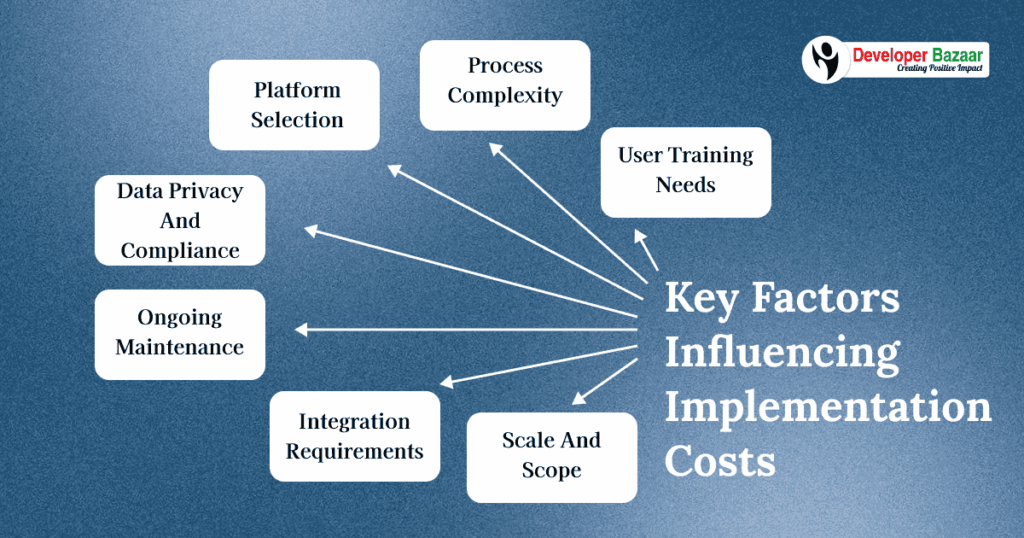
Process Complexity
Simple, single-system automations cost significantly less than complex multi-system workflows requiring extensive integration and custom logic. Processes involving multiple decision points, exception handling, and human approvals increase development time and costs.
Platform Selection
Enterprise-grade solutions like UiPath or Automation Anywhere command premium pricing but offer advanced capabilities and scalability. Low-code platforms like Microsoft Power Automate provide cost-effective alternatives for smaller deployments with simplified requirements.
Data Privacy and Compliance
Financial services and healthcare organizations face stricter regulatory requirements, adding complexity to automation design. Compliance with Australian Privacy Principles (APPs), ASIC reporting standards, and sector-specific regulations requires additional security controls and audit capabilities.
Integration Requirements
Connecting legacy ERP systems, CRM platforms, and disparate databases increases technical complexity and development time. Organizations with modern, API-enabled systems typically experience faster, more cost-effective implementations.
User Training Needs
Comprehensive training programs ensure successful adoption but add to project costs. Organizations investing in proper change management and skill development achieve better ROI and faster value realization.
Ongoing Maintenance
Continuous optimization, monitoring, and support are essential for long-term success. Monthly maintenance costs typically range from 2-8% of initial implementation investment, depending on automation complexity and support requirements.
Scale and Scope
Broader automation initiatives involving multiple departments and processes drive higher licensing and implementation costs. However, larger deployments often achieve better per-process economics through economies of scale.
Essential Features for Australian Enterprises
Modern BPA solutions must address specific requirements unique to the Australian market while delivering global best practices in automation technology.
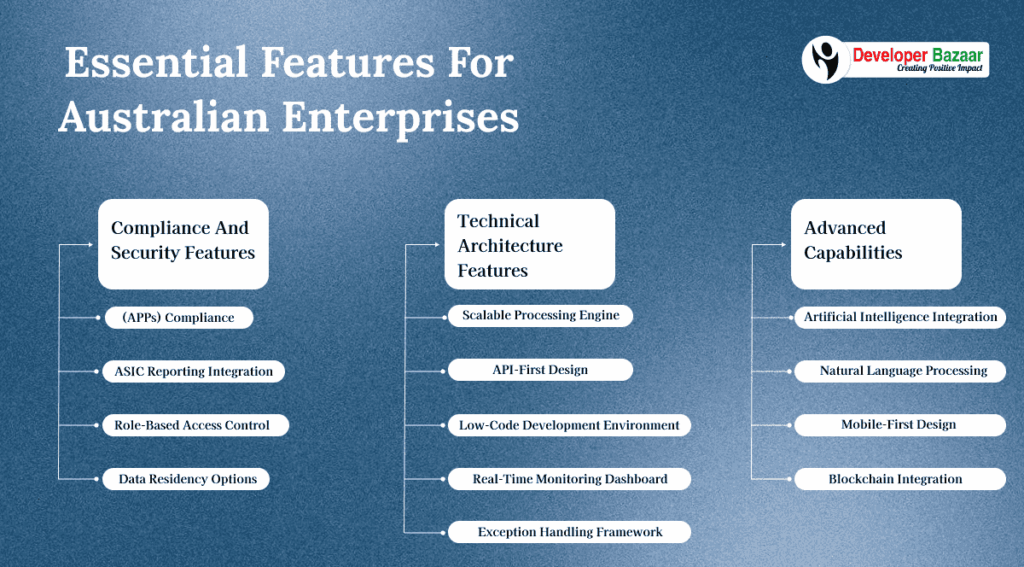
Compliance and Security Features
- Australian Privacy Principles (APPs) Compliance
Built-in data protection controls that ensure personal information handling meets privacy legislation requirements. This includes data minimization, purpose limitation, and consent management capabilities.
- ASIC Reporting Integration
Automated generation of regulatory reports with proper audit trails and data validation. These systems maintain compliance with Australian Securities and Investments Commission requirements while reducing manual reporting overhead.
- Role-Based Access Control
Granular permission systems that ensure only authorized personnel can access sensitive processes and data. This includes multi-factor authentication, session management, and audit logging.
- Data Residency Options
Capability to store and process data within Australian borders to meet sovereignty requirements. This is particularly important for government and regulated industry implementations.
Technical Architecture Features
- Scalable Processing Engine
Cloud-native architecture that automatically scales to handle varying workloads without performance degradation. This ensures consistent service delivery during peak processing periods.
- API-First Design
Comprehensive REST APIs that enable seamless integration with existing systems and future technology additions. This approach future-proofs automation investments and enables rapid system expansion.
- Low-Code Development Environment
Visual workflow designers that enable business users to create and modify automations without extensive programming knowledge. This democratizes automation creation and reduces IT bottlenecks.
- Real-Time Monitoring Dashboard
Comprehensive visibility into process performance, error rates, and system health. These dashboards provide actionable insights for continuous improvement and proactive issue resolution.
- Exception Handling Framework
Sophisticated error management that automatically routes exceptions to appropriate personnel while maintaining process continuity. This ensures automation reliability and reduces manual intervention requirements.
Advanced Capabilities
- Artificial Intelligence Integration
Machine learning algorithms that continuously improve automation performance through pattern recognition and predictive analytics. These capabilities enable intelligent document processing, sentiment analysis, and predictive maintenance.
- Natural Language Processing
Advanced text analysis capabilities that extract meaningful information from unstructured documents, emails, and communications. This enables automation of previously manual document review processes.
- Mobile-First Design
Responsive interfaces that enable process interaction from mobile devices, supporting remote work and field operations. This includes offline capabilities and seamless synchronization.
- Blockchain Integration
Distributed ledger capabilities for processes requiring immutable audit trails and multi-party verification. This is particularly valuable for supply chain and contract management applications.
High-Impact Automation Opportunities
Successful BPA implementation focuses on high-impact processes that deliver measurable benefits while building organizational confidence in automation capabilities.
Financial Operations
- Invoice Processing and Accounts Payable
Automated invoice capture, validation, and approval workflows that reduce processing time from days to hours. Advanced systems use AI to extract data from various invoice formats, validate against purchase orders, and route for appropriate approvals based on amount thresholds and business rules.
- Financial Reporting and Consolidation
Automated data collection from multiple systems, validation checks, and report generation that ensures accuracy and timeliness. These systems can handle complex calculations, variance analysis, and regulatory reporting requirements.
- Expense Management
End-to-end expense processing from receipt capture through reimbursement, including policy validation, approval routing, and integration with payroll systems. Mobile applications enable real-time expense submission and approval.
Customer Operations
- Customer Support and Service Management
Intelligent ticket routing, automated response systems, and escalation management that improve response times and customer satisfaction. AI-powered chatbots handle routine inquiries while complex issues are seamlessly transferred to human agents.
- Order Processing and Fulfillment
Automated order validation, inventory checking, and fulfillment coordination that reduces processing time and errors. These AI systems integrate with inventory management, shipping providers, and customer communication platforms.
- Customer Onboarding
Streamlined account setup, documentation collection, and system provisioning that accelerates time-to-value for new customers. Automated workflows ensure consistent experiences while maintaining compliance requirements.
Human Resources
- Employee Onboarding
Comprehensive automation of new hire processes including document collection, system provisioning, and training scheduling. These systems ensure consistent experiences while reducing administrative burden on HR teams.
- Performance Management
Automated review scheduling, feedback collection, and performance tracking that provides managers with comprehensive insights into employee development. Integration with learning management systems enables targeted skill development.
- Compliance Training
Automated training assignment, progress tracking, and compliance reporting that ensures regulatory requirements are met. These systems provide personalized learning paths and automatic certification management.
Implementation Strategy and Technical Approach
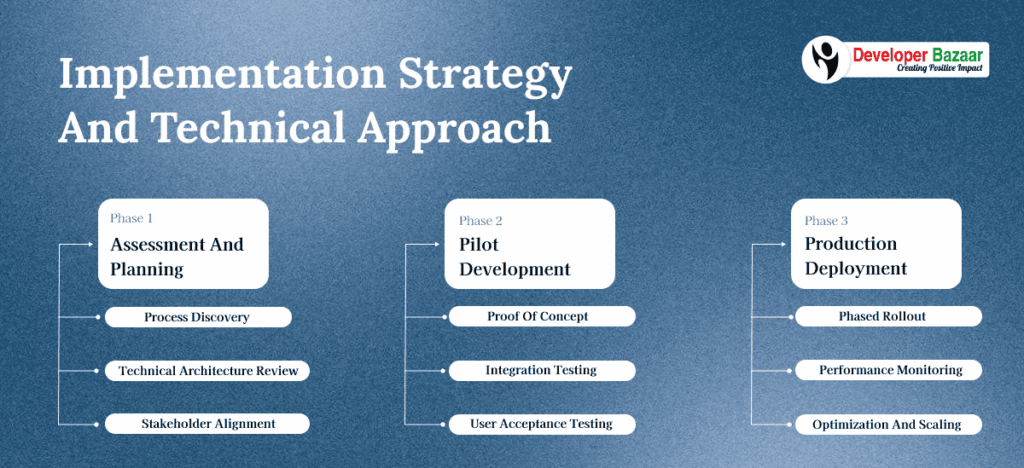
Phase 1: Assessment and Planning
- Process Discovery
Comprehensive analysis of existing workflows to identify automation opportunities and technical requirements. This includes process mapping, volume analysis, and complexity assessment.
- Technical Architecture Review
Evaluation of existing systems, integration capabilities, and infrastructure requirements. This assessment identifies potential technical challenges and required investments.
- Stakeholder Alignment
Engagement with business leaders, IT teams, and end users to ensure alignment on objectives and success metrics. This phase establishes governance structures and communication protocols.
Phase 2: Pilot Development
- Proof of Concept
Development of limited-scope automations that demonstrate value and technical feasibility. These pilots provide learning opportunities and build organizational confidence.
- Integration Testing
Comprehensive testing of system integrations, data flows, and error handling capabilities. This ensures automation reliability and identifies potential issues before full deployment.
- User Acceptance Testing
Extensive testing with end users to validate functionality, usability, and performance. This phase ensures automation meets business requirements and user expectations.
Phase 3: Production Deployment
- Phased Rollout
Gradual deployment across user groups and process variations to minimize risk and enable continuous refinement. This approach ensures smooth transitions and maintains business continuity.
- Performance Monitoring
Continuous monitoring of automation performance, error rates, and user satisfaction. Real-time dashboards provide visibility into system health and process effectiveness.
- Optimization and Scaling
Ongoing refinement based on performance data and user feedback. This includes process optimization, capacity planning, and expansion to additional use cases.
What ROI Can Australian Enterprises Expect from BPA?
Australian enterprises typically achieve BPA ROI within 6-18 months, with mid-sized organizations often seeing faster returns due to proportionally higher manual processing costs. Average cost savings range from 20-40% of previous processing expenses, driven primarily by labor reduction and error elimination.
Main Drivers of ROI
- Direct Labor Savings
Automation typically reduces manual processing time by 40-60%, enabling workforce reallocation to higher-value activities. Organizations achieve significant cost savings while improving employee satisfaction through elimination of repetitive tasks.
- Error Reduction
Automated processes eliminate human errors in data entry, calculations, and routing decisions. This reduces rework costs, improves customer satisfaction, and minimizes compliance risks associated with manual processing mistakes.
- Accelerated Cycles
Automation dramatically reduces processing times from days or weeks to hours or minutes. Faster cycle times improve customer experiences, enable more responsive service delivery, and create competitive advantages in time-sensitive industries.
- Scalability Benefits
Automated systems handle increased transaction volumes without requiring proportional staffing increases. This enables organizations to grow revenue while maintaining operational efficiency and controlling costs.
Financial Projections
Financial projections typically show payback periods of 8-15 months for well-designed implementations. Organizations focusing on high-volume, error-prone processes often achieve faster returns, while those emphasizing compliance and risk reduction may experience longer payback periods but substantial long-term value.
Scalability represents a significant long-term value driver. Initial automation investments create platforms for expanding automation across additional processes without major new capital requirements. This enables organizations to continuously improve operational efficiency and adapt to changing business requirements.
Conclusion
Business Process Automation represents a critical competitive advantage for Australian enterprises in 2025. With the right strategy, technology selection, and implementation approach, organizations can achieve significant cost savings, improved compliance, and enhanced operational efficiency.
The key to successful BPA implementation lies in starting with clear objectives, selecting appropriate technologies, and maintaining focus on change management and employee engagement. Organizations that invest in comprehensive automation strategies position themselves for sustainable growth and competitive advantage in an increasingly digital economy.
The Australian market offers excellent opportunities for automation adoption, supported by strong technology infrastructure, skilled workforce, and government initiatives promoting digital transformation. Enterprises that act now can establish automation capabilities that deliver immediate value while building foundations for future growth.
FAQs
Q1. How much does it cost to implement Business Process Automation in Australia?
Costs range from AUD 25,000-50,000 for pilot projects to AUD 150,000-500,000+ for enterprise implementations. Factors include process complexity, platform selection, compliance requirements, and integration needs.
Q2. How long does BPA implementation take?
Timeline varies from 2-3 months for simple pilots to 12+ months for comprehensive enterprise transformations. Most mid-sized implementations complete within 4-6 months.
Q3. What are the best BPA platforms for Australian businesses?
Popular options include UiPath for complex RPA, Microsoft Power Automate for Microsoft environments, Nintex for document workflows, and Automation Anywhere for enterprise-grade automation.
Q4. What compliance considerations affect BPA in Australia?
Key requirements include Australian Privacy Principles (APPs), ASIC reporting standards, healthcare regulations, and industry-specific compliance frameworks. Solutions must provide audit trails and data residency options.
Q5. How quickly can I expect ROI from BPA?
Most Australian enterprises achieve ROI within 6-18 months, with average cost savings of 20-40%. High-volume, error-prone processes typically deliver faster returns.
Q6. Which processes should I automate first?
Start with high-volume, rule-based processes like invoice processing, customer support routing, or HR onboarding. These deliver quick wins while building organizational confidence.
Q7. Do I need technical expertise to implement BPA?
While technical knowledge helps, many modern platforms offer low-code solutions requiring minimal programming. However, complex integrations benefit from experienced implementation partners.

Arpit Vaishnav
CTO
Developer Bazaar technologies
